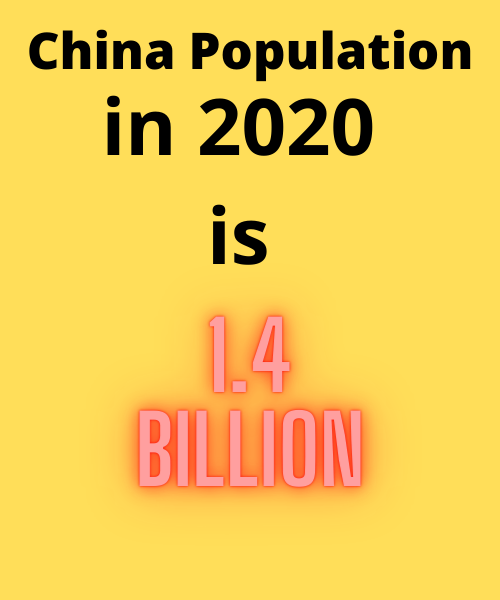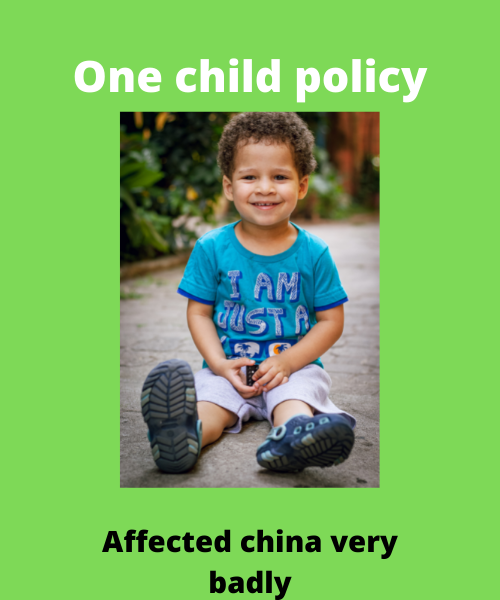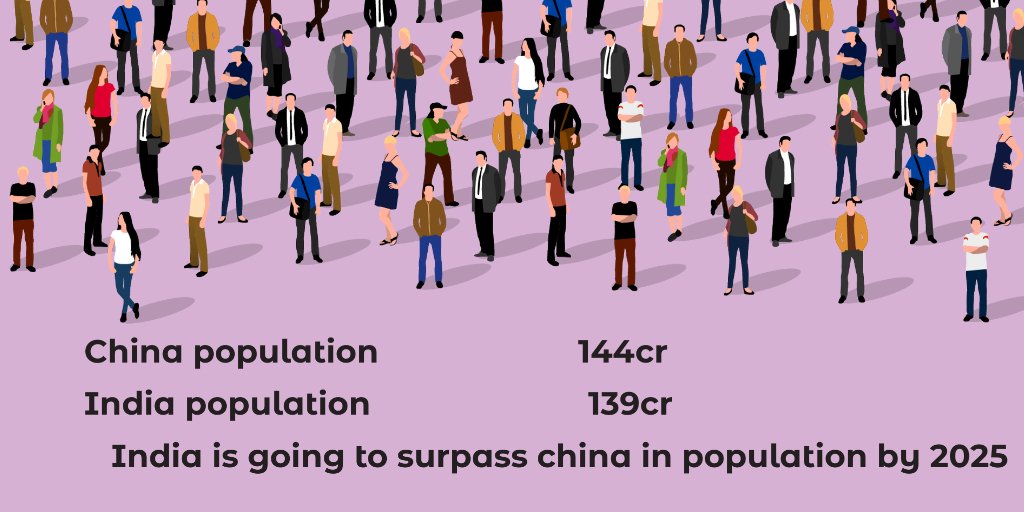Table of Contents
China announced publically that now the people of China are allowed to make their third child with violating government norms. Now China put the Three Child Policy into force on May 31, 2021.
China is having high population of about 144 crores. After the study of China population experts say that it noticed that the growth rate has declined ever since 1950.China preivous policies had a great impact on their population.
China’s population will be overtaken by India in near future. Because China’s growth rate comes at 0.59% according to the latest census.

One-Child Policy affects the demography of China populaton.
How China One child policy affected

China is one of the largest populated countries for decades. It is also estimated that the count reaches 1 billion at end of the 20th century. Due to the fear of overpopulation, China enforced the One Child Policy in 1980 under the leadership of Deng Xiaping.
To control China’s population, the One Child Policy had strictly followed. Families with one child got a lot of benefits and incentives. Government-provided free education and health care facilities to the followers of the One-Child Policy.
But a lot of people were against it and violated the law. Then Chinese government had penalized them heavily. Violators made to pay huge taxes to the government.
Strict rules came to force like the use of a lot of contraceptives and sterilization methods. Forced abortion also came into practice.
China’s population is well under control. The Chinese government reported that it had successfully prevented the birth of 40 crores infants. China had pride in its efforts in controlling the population and saving people from a shortage of water and food in near future.
It was not aware of serious results in future
China population imbalance

China thought they were successful in controlling the growth of the population. It took time to understand the results of the One-Child Policy. These are following future impacts on population
- China recorded the lowest birth rate ever since the 1950s. China fertility rate comes down to 1.59
- In 2020 nearly 12 million infants were born. The previous year 2019 estimated 14.65 birth of infants.
- Female infanticides were practiced in large numbers. As a result, this affected the gender ratio very seriously. There is 3.35 crore of men of single women.
- The average age of the china Population is 38 in 2020.
- China’s population consists of more older people. IN 2025 nearly 234 million or 16.4% of the total population will be accompanied by older ones.
Why China government worried about the imbalance
China’s population imbalance worried the government. The government ended the One Child policy in 2016.
Second Child Policy came into force in the same year 2016.
But it did not yield any positive results. Because of following reasons
- Adaptation of the previous policy for a long time. Chinese did not showed any positive sign for a second child policy
- A lot of women crossed their fertility age.
- The cost of living is very expensive. It requires nearly 3 lakh dollars to raise a child.
- It was a late call from the government
Due to the aging China population, the government is worried ever before. Older people are piling up at a rapid pace. This poses a serious threat to the economy of China.
- China government are liable to pay pension for older ones which increase the financial burden.
- Lack of young employees in the workforce.
- China’s army requires a lot of young and energetic soldiers in the future.
- Declination of working people. It affects the economy of China adversely.
According to the experts, China’s population imbalance is not going resorted. China population is creating huge concerns for the government now and future as well.
